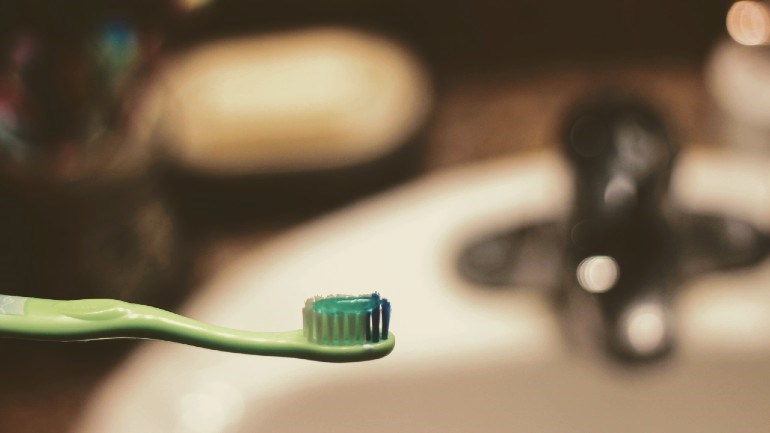Understanding saliva could lead to better dental hygiene products

Salivary pellicles provide protection from a number of dental and oral diseases, but could an ingredient of dental hygiene products, such as toothpaste and mouthwash, have a detrimental effect on their function?
The salivary pellicle is a thin organic film that forms on surfaces, such as teeth and gums, upon exposure to saliva. The role of the pellicle is manifold, and it plays an important role in the maintenance of oral health.
Long term, the better we can understand salivary pellicles, the better we can combat why these oral diseases happen.
Hannah Boyd
While they display exceptional hydration and lubrication performance, there is still much to be discovered about them. Hannah Boyd has recently successfully defended her dissertation which investigated the matter.
“When you don’t produce as much saliva, you don’t have as good as protecting in your mouth. In this case, you are more susceptible to oral diseases; the enamel can start to crumble, you get ulcers, you might suffer from dry mouth, so we know they are very, very important but we don’t really know much about how they work,” said Boyd.
Her dissertation, On the Structure and Mechanical Properties of In Vitro Salivary Pellicles, which comprised of four papers, aimed to increase knowledge on the mechanisms underlying these properties and deepen the understanding of how they are related to the composition and structure of pellicles, with a focus on those formed under in vitro conditions.
“They are 98 per cent water, which is odd, because they are two per cent proteins and the rest is hydration, yet they can withstand really high loads; they can withstand shear, the force of chewing, and talking with the intent of protecting the underlying surfaces.”
Dental hygiene products can act as irritants; by looking at how their ingredients interact with salivary pellicles, Boyd hopes the research – in the future – could lead to the development of improved products.
“Many oral hygiene products contain surfactants which stabilise their active ingredients, primarily ionic surfactant sodium dodecyl sulphate. However, it has been found they can can lead to a number of diseases,” said Boyd.
”Both non-ionic and amphoteric surfactants have previously been shown as irritants. Understanding the reason why, and if it is related to a damaging interaction with the pellicle, will be a step towards understanding the vital role of the pellicle for maintaining oral health.”
It was found that the non-ionic surfactants interacted with the salivary pellicles in a less aggressive way than the more commonly used ionic surfactant. It was also noted that the mechanism of the interaction itself varied with these types of surfactants – this could affect other ways oral hygiene products protect us from oral disease.
“Long term, the better we can understand salivary pellicles, the better we can combat why these oral diseases happen. How we produce ‘false saliva’ to prevent them, and further down the line we can even start to investigate water-based lubricants,” adds Boyd.